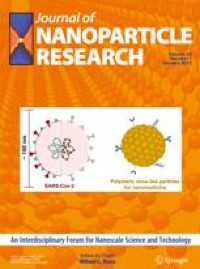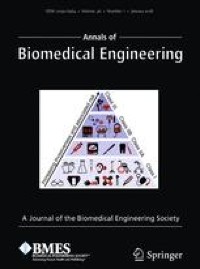Abstract
Purpose
Due to its eccentric nature, downhill running (DR) training has been suggested to promote strength gains through neuromuscular adaptations. However, it is unknown whether short-term chronic DR can elicit such adaptations.
Methods
Twelve untrained, young, healthy adults (5 women, 7 men) took part in 4 weeks' DR, comprising 10 sessions, with running speed equivalent to 60–65% maximal oxygen uptake ( \(\dot{V}\) O2max, assessed at weeks 0 and 4). Isometric and isokinetic knee-extensor maximal voluntary torque (MVT), vastus lateralis (VL) muscle morphology/architecture (anatomical cross-sectional area, ACSA; physiological CSA, PCSA; volume; fascicle length, Lf; pennation angle, PA) and neuromuscular activation (VL EMG) were assessed at weeks 0, 2 and 4.
Results
MVT increased by 9.7–15.2% after 4 weeks (p < 0.01). VL EMG during isometric MVT increased by 35.6 ± 46.1% after 4 weeks (p < 0.05) and correlated with changes in isometric MVT after 2 weeks (r = 0.86, p = 0.001). VL ACSA (+2.9 ± 2.7% and +7.1 ± 3.5%) and volume (+2.5 ± 2.5% and +6.6 ± 3.2%) increased after 2 and 4 weeks, respectively (p < 0.05). PCSA (+3.8 ± 3.3%), PA (+5.8 ± 3.8%) and Lf (+2.7 ± 2.2%) increased after 4 weeks (p < 0.01). Changes in VL volume (r = 0.67, p = 0.03) and PCSA (r = 0.71, p = 0.01) correlated with changes in concentric MVT from 2 to 4 weeks. \(\dot{V}\) O2max (49.4 ± 6.2 vs. 49.7 ± 6.3 mL·kg−1·min−1) did not change after 4 weeks (p = 0.73).
Conclusion
Just 4 weeks' moderate-intensity DR promoted neuromuscular adaptations in young, healthy adults, typically observed after high-intensity eccentric resistance training. Neural adaptations appeared to contribute to most of the strength gains at 2 and 4 weeks, while muscle hypertrophy seemed to contribute to MVT changes from 2 to 4 weeks only.









